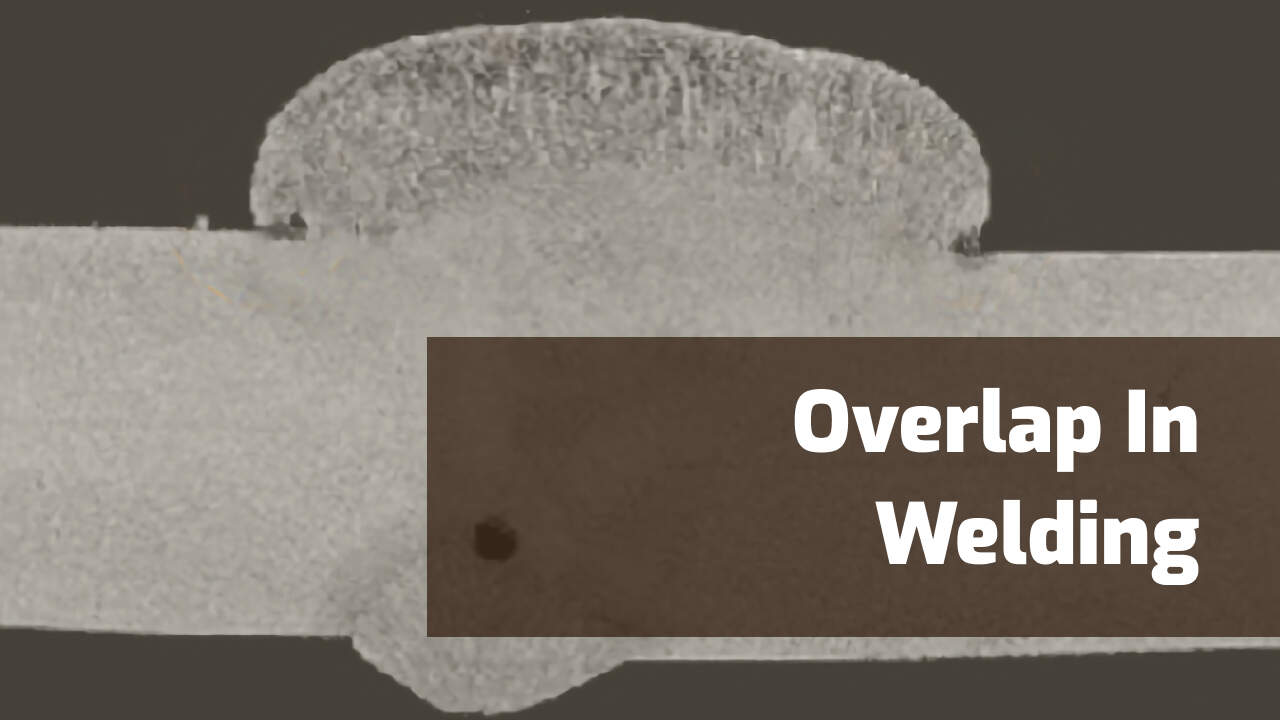Finest Practices for Preventing Weld Undercut: Grasping the Fundamentals
Finest Practices for Preventing Weld Undercut: Grasping the Fundamentals
Blog Article
Understanding the Art of Welding: How to Prevent Undercut Welding Issues for Flawless Construction Results
By understanding the root creates of undercut welding and implementing reliable methods to avoid it, welders can raise their craft to brand-new degrees of quality. In the pursuit of perfect construction outcomes, understanding the art of welding to stay clear of undercut issues is not just a skill however a requirement for those aiming for excellence in their work.
Comprehending Undercut Welding

To avoid undercut welding, welders should make sure appropriate welding criteria, such as readjusting the existing, voltage, traveling rate, and preserving the right electrode angle. By recognizing the reasons of undercut welding and applying preventative actions, welders can accomplish high-grade, structurally audio welds.
Root Causes Of Undercut in Welding
Recognizing the aspects that add to undercut in welding is important for welders to produce premium, structurally sound welds. When the weld steel does not correctly fill the groove formed in between the base metal and the previously transferred weld steel, damaging happens. Several variables can lead to undercut in welding. One typical reason is excessive warm input. Welding at high temperatures for prolonged periods can cause the base steel thawing more than wanted, leading to undercut. Inadequate welding wrong or existing welding rate can additionally contribute to undercut. Not enough current might not offer enough warm to melt the base and filler steels appropriately, while too much rate can protect against appropriate fusion, triggering undercut. Additionally, inappropriate electrode angles or inaccurate torch adjustment methods can create locations of reduced weld metal deposition, promoting undercut. Recognizing these causes and carrying out proper welding strategies can help prevent damaging concerns, making sure durable and solid welds.
Techniques to stop Undercutting

To minimize the threat of damaging in welding, welders can utilize calculated welding methods aimed at boosting the top quality and stability of the weld joints. Furthermore, making use of the right welding technique for the certain joint arrangement, such as weave or stringer beads, can add to minimizing undercutting.
Moreover, appropriate joint preparation, including ensuring tidy base materials totally free of pollutants and using the appropriate welding consumables, is essential in preventing undercut issues. Utilizing back-step welding techniques and managing the weld bead account can additionally assist disperse warmth equally and lessen the danger of undercut. Regular inspection of the weld joint throughout and after welding, in addition to implementing quality control actions, can aid in spotting and dealing with damaging concerns quickly. By applying these methods diligently, welders can accomplish perfect construction results with marginal undercut defects.
Value of Proper Welding Parameters
Selecting and preserving appropriate welding parameters is essential for achieving successful welds with minimal defects. Welding specifications refer to variables such as voltage, current, take a trip speed, electrode angle, and securing gas flow rate that straight affect the welding procedure. These criteria should be thoroughly adjusted based on the kind of material being bonded, its thickness, and the welding method utilized.
Correct welding parameters guarantee the correct amount of heat is related to melt the imp source base steels and filler material consistently. If the specifications are set also high, it can cause excessive warm input, creating distortion, burn-through, or spatter. On the various other hand, if the parameters are also low, insufficient fusion, absence of infiltration, or damaging may occur.
Quality Control in Welding Workflow

Conclusion
Finally, mastering the art of welding calls for a thorough understanding of undercut welding, its reasons, and strategies to prevent it. By i loved this making sure proper welding criteria and implementing top quality assurance techniques, remarkable manufacture outcomes can be achieved. It is important for welders to regularly aim for excellence in their welding procedures to prevent undercut concerns and produce top notch welds.
Undercut welding, an usual problem in welding procedures, happens when the weld steel does not properly load the groove and leaves a groove or anxiety along the bonded joint.To avoid read more undercut welding, welders should guarantee appropriate welding criteria, such as readjusting the current, voltage, travel speed, and maintaining the appropriate electrode angle. Insufficient welding current or wrong welding rate can also add to damage.To reduce the threat of undercutting in welding, welders can utilize tactical welding techniques intended at improving the top quality and honesty of the weld joints.In verdict, grasping the art of welding calls for a comprehensive understanding of undercut welding, its causes, and techniques to avoid it.
Report this page